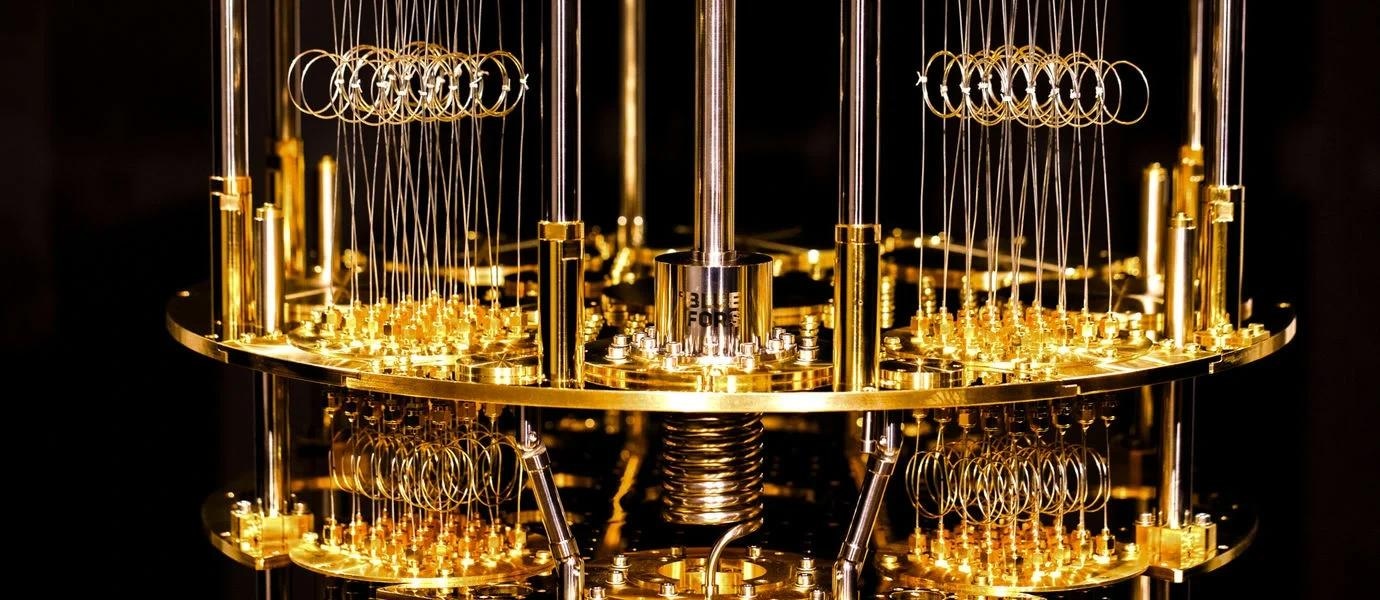An invisible form of matter lurks in the deep dark cosmos. It has never been directly witnessed, yet it is evident in the rippling ebb and flow of galaxies. What mysteries simmer in the depths below the surface?
 Researchers will utilize quantum technologies to develop one of the world's most sensitive detectors ever built. Image Credit: Mikko Raskinen/Aalto University
Researchers will utilize quantum technologies to develop one of the world's most sensitive detectors ever built. Image Credit: Mikko Raskinen/Aalto University
Dark matter, which is believed to be five times more prevalent than regular matter, has long been the subject of theoretical speculation among physicists. One particle has stood out as a viable contender among the various theories: the axion.
Aalto University researchers are embarking on a six-year mission to discover proof that axions exist. Along with researchers at the University of Zaragoza, who are leading the project, and researchers at the French National Centre for Scientific Research, Karlsruhe Institute of Technology, and other partner institutions, they will carry out this task as members of a recently established consortium named DarkQuantum.
This new consortium will be the first to produce sensors with extraordinary scanning sensitivity using cutting-edge quantum technologies. The European Research Council awarded DarkQuantum €12.9 million on October 26th, October, with around €2 million allocated for Aalto University Senior Lecturer and Docent Sorin Paraoanu and his Superconducting Qubits and Circuit QED (KVANTTI) research group.
We are peering into a deep, dark pit. If it exists, the axion goes beyond the standard model of elementary particles. Such an observation would be comparable in significance to the Higgs boson discovery in the early 2010s. But at least with the Higgs boson, they knew where to start looking!
Sorin Paraoanu, University Senior Lecturer and Docent, Aalto University
Igor Garcia Irastorza, University of Zaragoza Professor and head of DarkQuantum consortium, added, “The nature of dark matter is one of the biggest mysteries in modern science. If dark matter is made of axions, we have a real chance of detecting it with this project.”
Although attempts to observe axions have been made in the past, this current initiative will use quantum phenomena to allow researchers to better filter out noise and repeat their studies with more fidelity. This is where Paraoanu and his team come into play.
Moving Mountains
Peek into the small portion of the Milky Way galaxy, located beneath the mountains that separate France and Spain. This is the location of the Canfranc Underground Laboratory, where the researchers of DarkQuantum intend to construct a high-frequency sensor. The location of the other low-frequency sensor is planned to be at Hamburg’s German Electron Synchrotron (DESY).
Paraoanu and his KVANTTI team are primarily in charge of designing and calibrating the high-frequency sensor, as well as writing the algorithms and software that will be used with it. This sensor, known as a haloscope, will explore the galactic halo in search of axions.
Putting the sensor far below helps to reduce cosmic background radiation, and it may provide a unique opportunity to research noise-reduction approaches for quantum computing at the same time.
Paraoanu noted, “Our high-frequency sensor will be 10-100 times more sensitive than previous iterations, and it will be able to scan on the scale of a few microelectron volts. It will use superconducting qubits—the same qubits used in quantum computers—but they will serve in a different role as detectors in this haloscope.”
Attempts to detect axions in the past have relied on linear amplifiers, which create noise and effectively absorb particles into the system. The quantum nondemolition measurements used by Paraoanu’s sensor will allow for repeated trials with the same particles.
Paraoanu concluded, “The theory suggests that, in an ultra-cold environment, we can introduce a magnetic field that will cause any axions present to decay into photons. If we detect any photons in the cavity, then we can conclude that axions are present in the system and that they do indeed exist.”
Synergy Grant
Paraoanu and his team are the second team at Aalto University to earn the renowned Synergy Grant from the European Research Council; the previous team was led by Professor Risto Ilmoniemi and was given the grant for his ongoing ConnectToBrain project.
The six-year project will be divided into two phases: a two-year experimental phase where the team will collect data, and a four-year scaling-up phase that will involve building, testing, and transporting the haloscopes. In the upcoming years, Paraoanu anticipates having opportunities for multiple researcher posts in the project.
The Max Planck Society for the Advancement of the Sciences, the Polytechnic University of Cartagena, and the Spanish National Research Council are among the other partner organizations mentioned in the Synergy Grant.
OtaNano equipment will be used by Paraoanu and the KVANTTI research group to complete their work. Finland’s national micro, nano, and quantum technology research infrastructure is called OtaNano. In particular, Paraoanu will work at the Low Temperature Laboratory, which Olli V. Lounasmaa, a Finnish physicist, founded. In addition, Paraoanu is a member of the new Finnish Quantum Flagship (FQF) and InstituteQ.